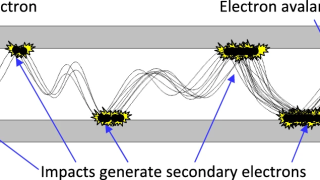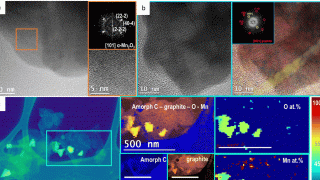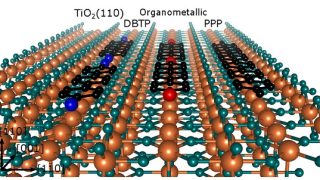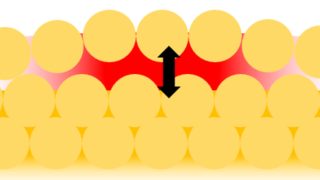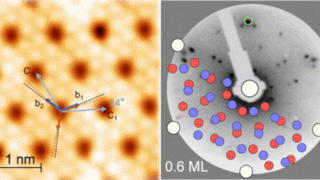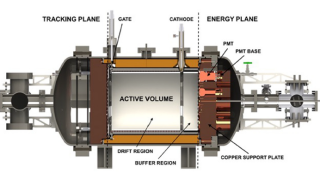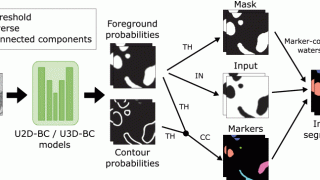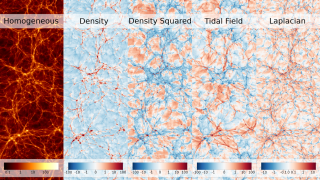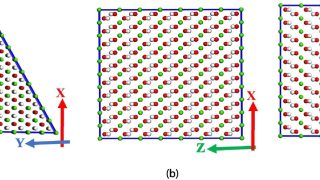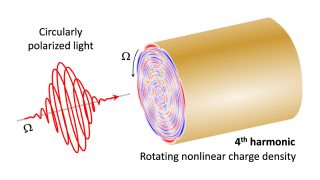
New paradigm for the design of nonlinear nanoscale optical devices
CFM • DIPC • DIPC Photonics
Modern technologies enable the design and nanofabrication of photonic devices for manipulation of optical fields on spatial scales much smaller than the wavelength of light. In particular, the resonant coupling of photons with collective electronic excitations in metals and two-dimensional materials, i.e., plasmons, can be used to engineer strongly enhanced near fields confined to the […]
